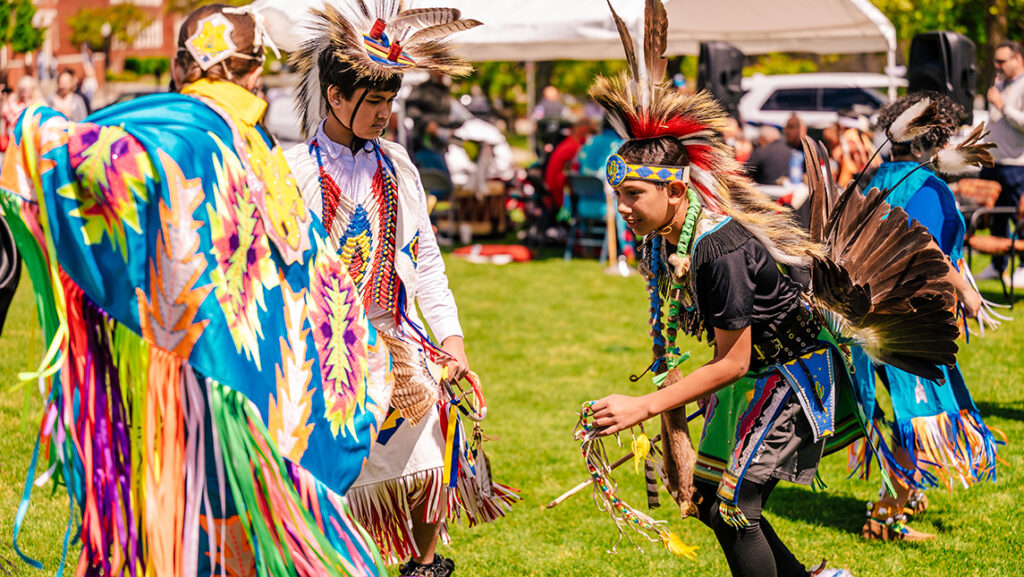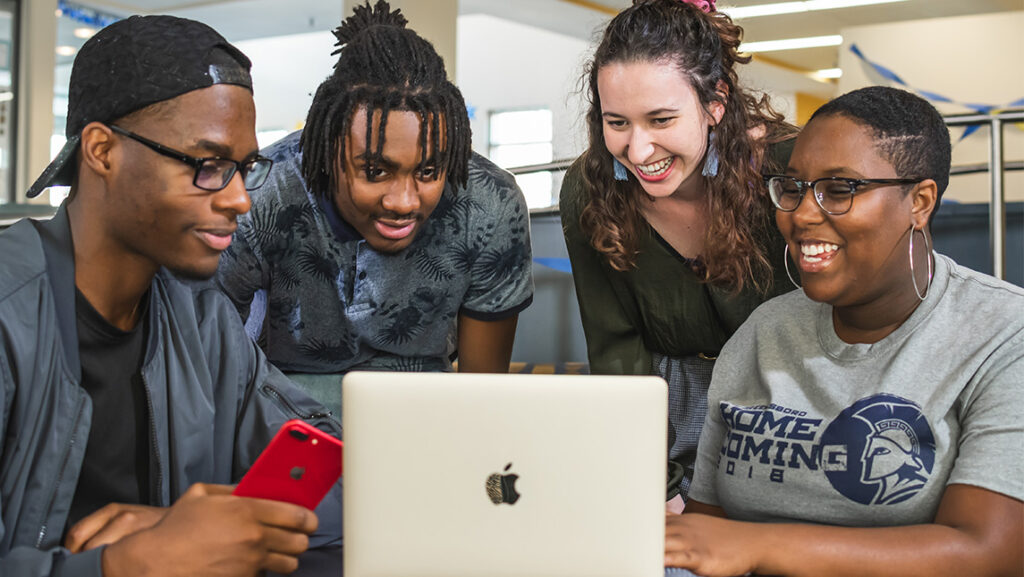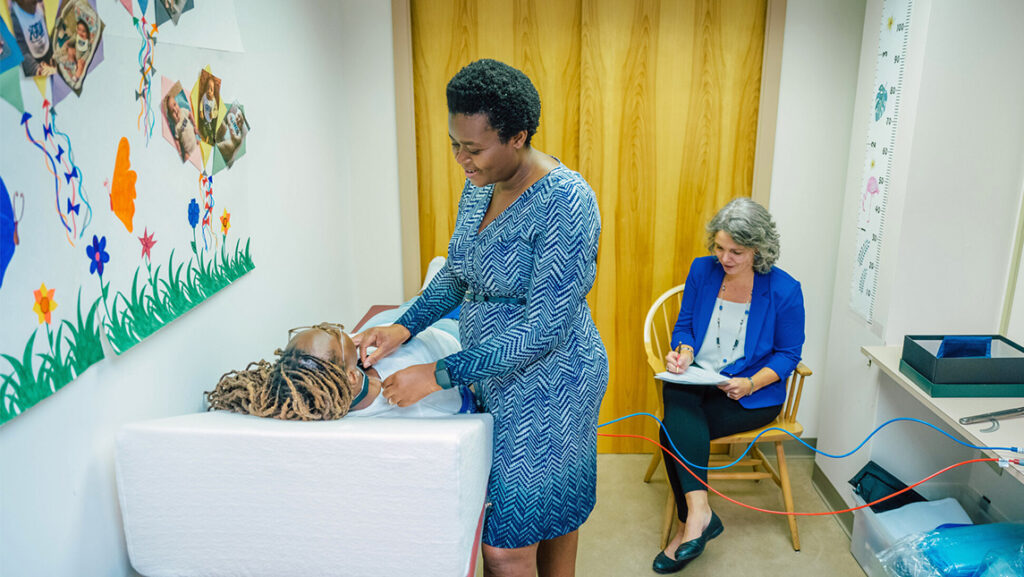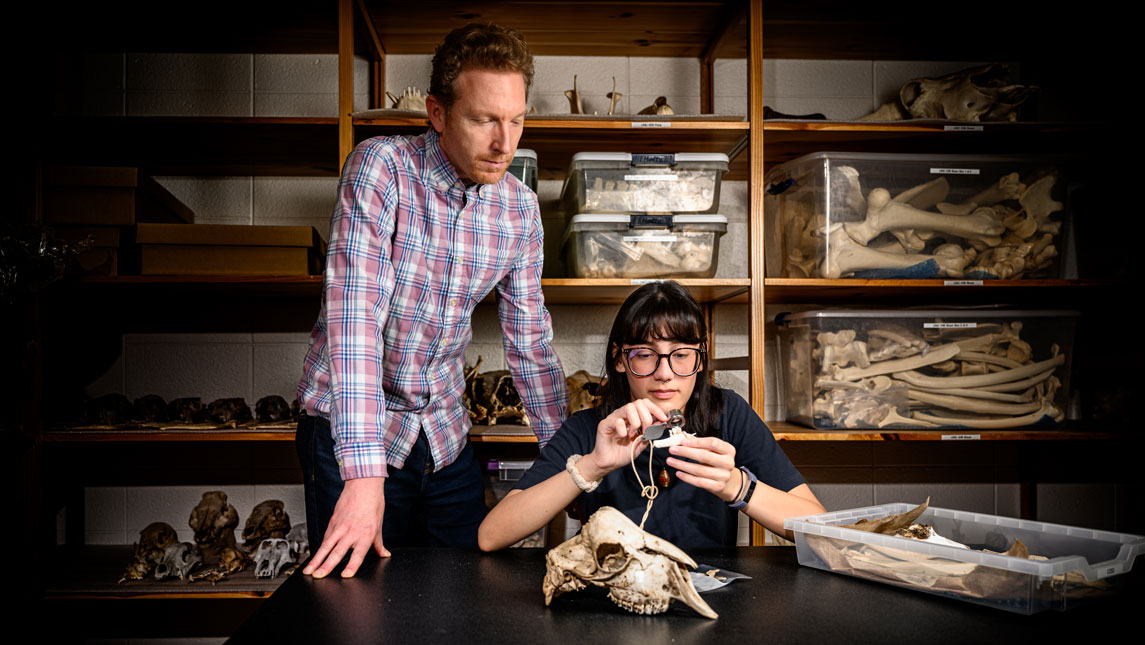
This month, anthropologist Dr. Charles Egeland at UNC Greensboro and his collaborators published new information about the eating habits of sabertooth cats.
His article in Nature: Scientific Reports shows that unlike previously thought, the massive felines may have cleaned absolutely everything from the carcasses of the animals they consumed.
But anthropology is the study of humans, so what does the feeding behavior of an extinct predator have to do with us?
It has been commonly thought that our early ancestors – referred to by anthropologists as “hominins” – scavenged meat from abandoned sabertooth kills. But if the cats consumed everything, how did these hominins get their food?
Egeland believes that our early ancestors may have driven these large cats from their kills, or that they were successful hunters in their own right. If so, hominins put themselves in competition for food with the cats and perhaps had a hand in their extinction.
This research relates to a variety of courses that Egeland teaches in the Department of Anthropology at UNCG, including an introduction to human biological anthropology, zooarchaeology, primate behavior, and forensic anthropology, as well as human evolution courses,
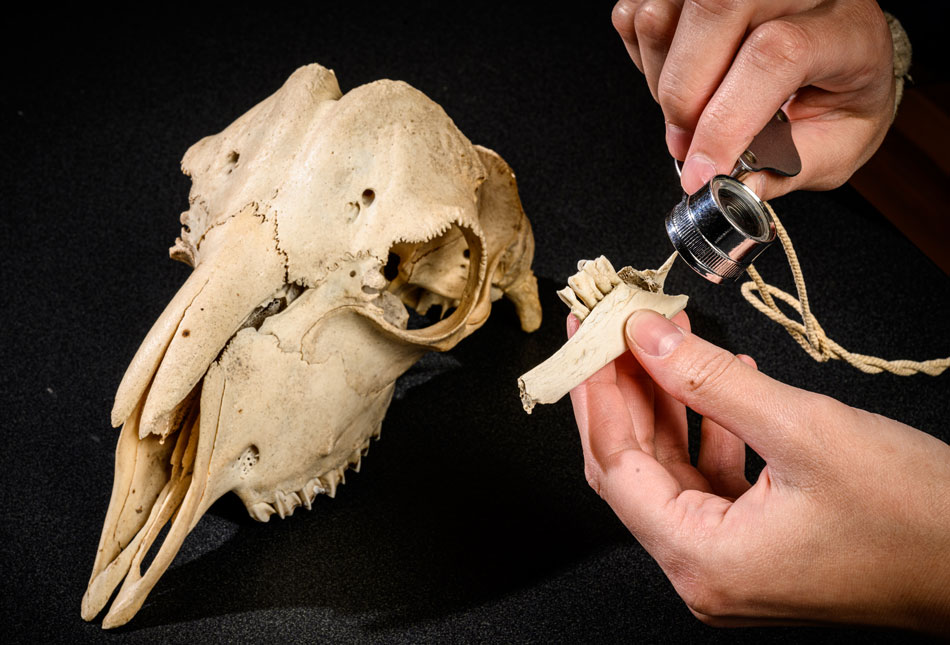
This past semester, he taught “Paleolithic archaeology,” which looks at the cultures of stone tool using peoples over the past two or so million years, and how they may have related to other predators such as sabertooth cats – how humans interacted with them, competed with them, or potentially contributed to their extinction.
When humans began using stone tools to acquire more meat as sustenance, their bodies grew in size. Their brains grew, and they gained more intellectual capability.
Researchers like Egeland study the animal bones that remain at early archaeological sites to understand how these events shaped human evolution. Their work examines the distinctive marks left by animal teeth and human tools, which can reveal a great deal about the behavior of prehistoric animals and early humans.
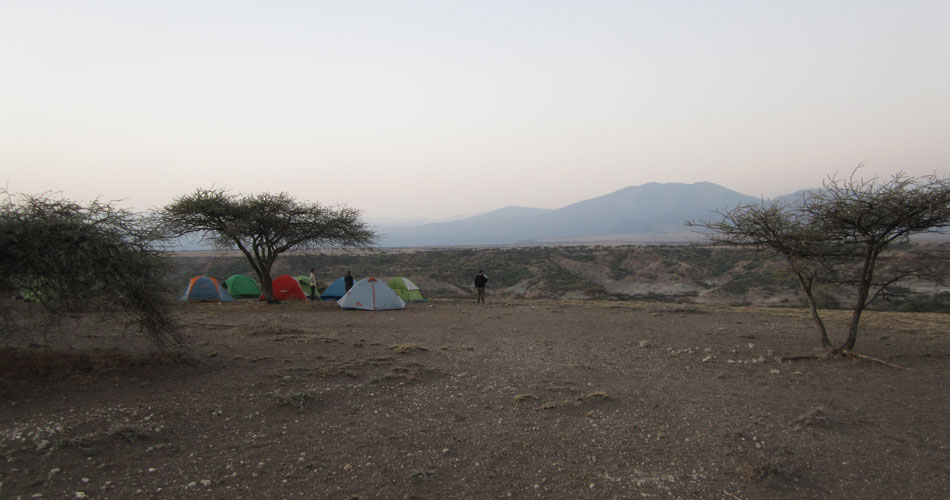
The placement of bones at archaeological sites can even reveal information about social structures of prehistoric animals and early humans.
These subjects are ripe with opportunity for undergraduate researchers, including those who receive support from the Undergraduate Research, Creativity, and Scholarship Office (URSCO).
This summer, Egeland and UNCG students will survey and collect bones at a field school site near Olduvai Gorge, Tanzania, which is a UNESCO World Heritage Site where Egeland has been doing this research since 2012.
Maegan Ferguson, one of the students who will participate, will spend three weeks in Tanzania with the support of a grant from URSCO.
She values this work and the anthropology program because it combines her dual interests in history and science. In her junior year, when she was looking at colleges, she realized she could study both in an active and rigorous program at UNCG.
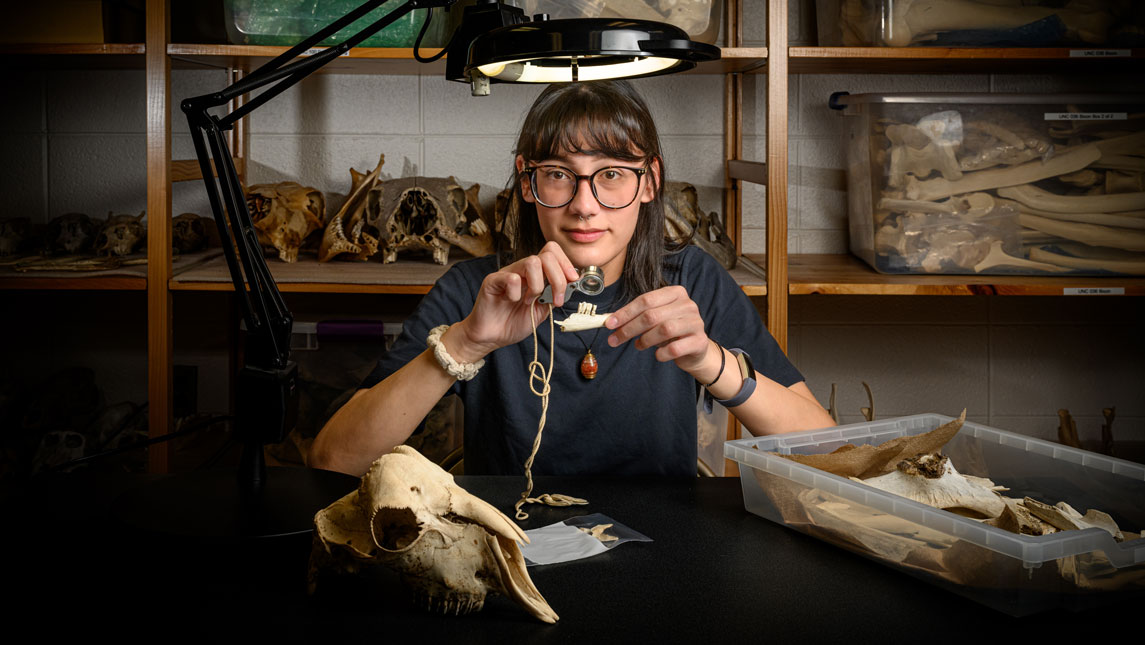
“My first semester, I took the Introduction to Biological Anthropology course with Dr. Egeland, and that course really made me fall in love with the subject. Since then, I’ve taken many of those courses and archaeology courses with Dr. Egeland – as well as with Dr. Anemone. I’ve been very focused on both the biological and behavioral evolution of humans and nonhuman primates.”
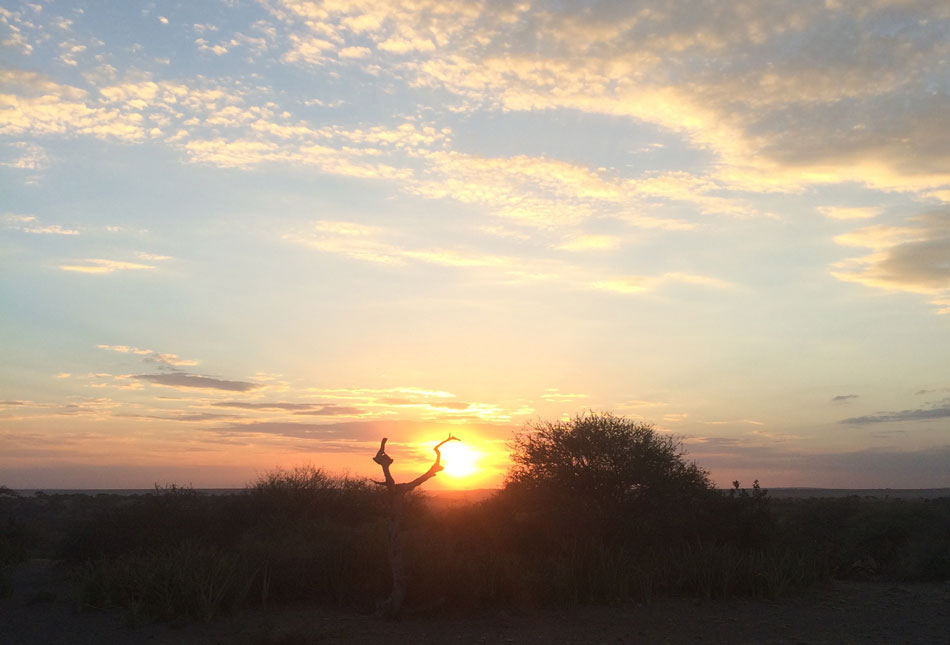
At Olduvai Gorge, Ferguson will collect modern bones deposited around a seasonal waterhole where many animals drink and predators pursue prey. The location of the bones, and the marks preserved on them, will then be compared to fossil assemblages in order to reconstruct the lives of hominins and their habitats some two million years ago.
She will focus on the 3D location, collection, and curation of bone specimens that have accumulated on the landscape. She’ll compare earlier fossil collections from the site with what they gather this summer, which will also allow them to compare the animal presence.
“What I’m most looking forward to about this field school is the opportunity to do fieldwork and excavations at one of the most important sites in the study of human evolution,” says Ferguson. “Getting the opportunity to do this fieldwork at Olduvai Gorge and to be a research assistant on these projects as an undergraduate is truly amazing, and I’m so excited to see what we find there and where this research will take me in the future.”
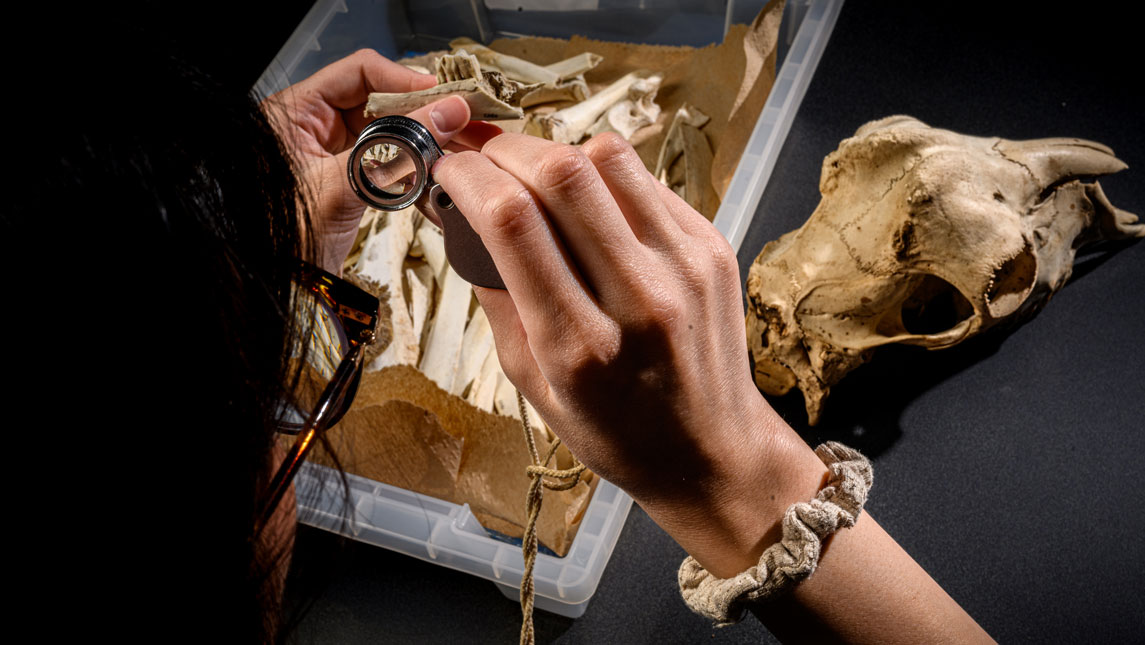
Story by Susan Kirby-Smith, University Communications
Photography by Martin W. Kane, University Communications, and courtesy of Charles Egeland
